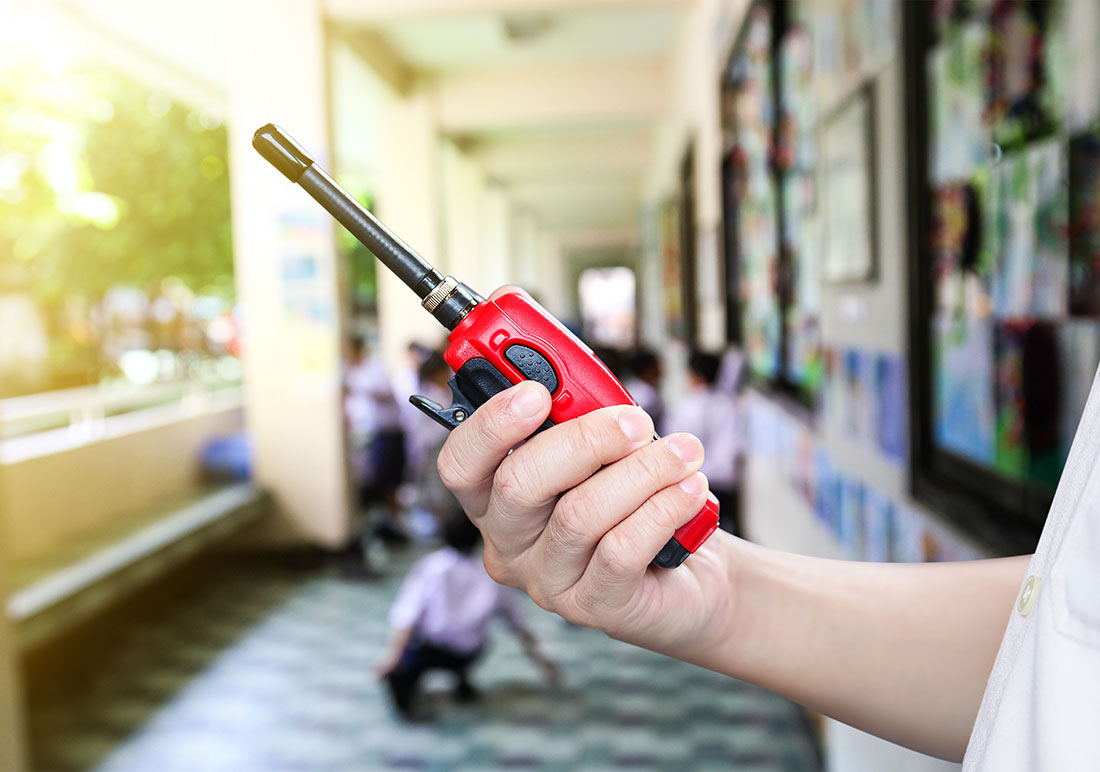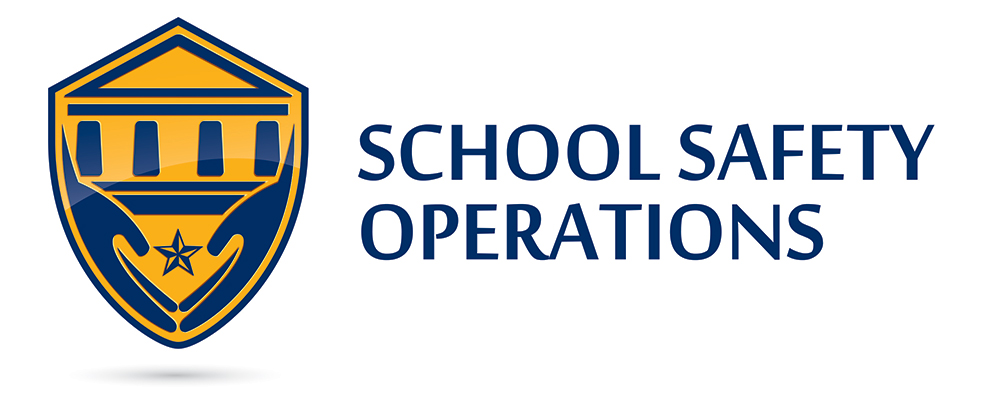
In the ever-evolving landscape of education, the safety of our children remains a paramount concern. As we navigate the complexities of the modern world, our approaches to school safety must evolve accordingly. The year 2024 stands as a testament to innovation and collaborative efforts aimed at ensuring our educational institutions are sanctuaries for learning and growth. This blog post delves into the essential strategies and technologies shaping the future of school safety.
Understanding the Scope of School Safety
School safety is a multifaceted issue that encompasses physical security, mental health, and the overall well-being of students and staff. A safe learning environment is one where students feel secure, respected, and valued, enabling them to focus on their educational journey. As such, school safety strategies must address a range of concerns, from preventing violence and bullying to ensuring the mental health and emotional well-being of all individuals within the school community.
Collaborative Efforts for a Safer Environment
The responsibility of creating a safe school environment does not fall on educators alone. It requires a collaborative effort involving parents, students, administrators, and the wider community. Effective communication and engagement are key to identifying potential safety issues and developing comprehensive solutions. Schools in 2024 are increasingly leveraging technology to facilitate these conversations, using platforms that allow for real-time feedback and dialogue among all stakeholders.
Embracing Technology for Enhanced Security
Technology plays a crucial role in modern school safety strategies. From advanced surveillance systems to emergency response applications, the digital age offers tools that can significantly enhance the security of educational institutions. One notable innovation is the use of AI-powered threat detection systems, which can analyze data from various sources to identify potential risks before they escalate. Additionally, mobile apps that allow for instant communication between students, teachers, and parents have become essential in ensuring everyone is informed and prepared in case of emergencies.
Fostering a Culture of Awareness and Prevention
Prevention is the cornerstone of effective school safety. This involves not only securing the physical environment but also promoting a culture of awareness and empathy. Programs that focus on social-emotional learning (SEL) are increasingly being integrated into school curriculums, equipping students with the skills necessary to navigate interpersonal relationships and conflicts constructively. Additionally, training sessions for staff and students on recognizing and responding to signs of distress or danger are becoming more widespread, emphasizing the importance of proactive measures.
Implementing Comprehensive Emergency Preparedness Plans
Despite our best efforts, emergencies can still occur. As such, having a comprehensive emergency preparedness plan is non-negotiable. These plans should be tailored to the specific needs and challenges of each school, with clear protocols for a range of potential scenarios, from natural disasters to active shooter situations. Regular drills and simulations are essential to ensure that both staff and students are familiar with emergency procedures, minimizing panic and confusion when every second counts.
The Role of Mental Health in School Safety
An often overlooked aspect of school safety is mental health. Creating an environment where students feel supported and understood can significantly reduce the risk of violence and self-harm. Schools are increasingly providing access to mental health resources, including counselors and therapists, and incorporating mental health education into their curriculums. By destigmatizing mental health issues and encouraging open conversations, we can create a safer and more supportive community for our students.
Community Engagement and Resource Allocation
The broader community plays a vital role in supporting school safety initiatives. Partnerships with local law enforcement, mental health organizations, and other stakeholders can provide valuable resources and expertise. Additionally, allocating sufficient funding towards safety measures and mental health resources is crucial. Communities and policymakers must prioritize the well-being of students and staff, ensuring that schools have the necessary tools and support to maintain a safe learning environment.
Looking Forward: The Future of School Safety
As we look towards the future, it is clear that the landscape of school safety will continue to evolve. Emerging technologies and approaches offer promising avenues for enhancing security and well-being within our schools. However, at the heart of these efforts must be a commitment to fostering a culture of respect, empathy, and inclusivity. By working together, we can ensure that our schools remain safe havens for learning, where every child has the opportunity to thrive.

